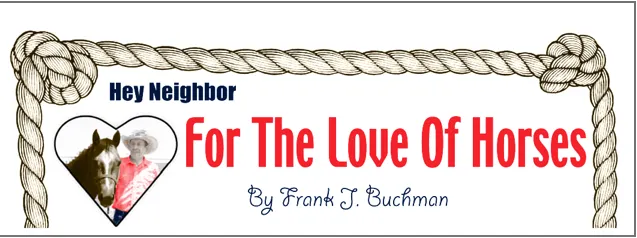Why do you think your mom made a grocery list and stuck to it?
From the time you enter the supermarket parking lot until you reach the checkout counter, every part of a supermarket is designed to make you spend more money than you need to.
Look at your own shopping habits. How often do you dash to the store for milk and walk out with a box of donuts (they’ll taste so good for breakfast), a big bag of chips and salsa (for fun), ice cream (it was on sale), a fresh baguette (it smelled so good) and a magazine (what has The Donald done with his hair now?).
The first thing most of us do when we walk through the doors is reach for a shopping cart. While you probably don’t know, this 1938 invention was designed to let customers make larger purchases more easily. Heck it’s got wheels and plenty of room.
And in case you hadn’t noticed, you can buy happiness at your local supermarket.
Most supermarkets put high-margin departments like floral and fresh-baked goods near the front door. They’re located on your right and most people shop from right to left – just like driving your car. That way you’ll run into such items when your cart is empty and you’re in high spirits.
Another reason to start with flowers and baked goods is the smell. You can’t help but follow your nose as you begin salivating and increase your speed toward the apple fritters. In less than two minutes, you’ve purchased a dozen tasty treats. Yum.
It’s almost unfair and you’re well on your way to impulse buying – grocery list be damned. These siren departments make sure you’re in a good mood and make you more willing to spend.
Where’s my moo-cow milk? You know what I came here to buy in the first place?
Supermarkets stock dairy products and other essentials on the back wall so you must fight your way through, aisles of chips, candy, cookies and other snack food – the entire store – to find them.
Once customers buy their first item, for many shopping becomes a quest. They walk up and down every aisle without deviating.
Supermarkets stack items they most want you to buy at eye level. For example, in the cereal aisle bulk items are placed at the bottom. Healthy cereal is stocked at the top while expensive, brand-name cereal is situated at eye level usually at the end of aisles.
Sugary, highly advertised kids’ cereal is placed a bit lower, so youngsters can look these items straight in the eyes while begging parents to buy them.
Sample stations slow you down while exposing you to new products. If you’re shopping while you’re hungry, chances are good you may grab a couple of these new products to snack on while you head home after shopping.
Store size matters. People tend to spend less time shopping in crowded stores. They purchase fewer items, do less impulse buying, don’t visit as much and oftentimes are anxious to get out the door.
Music impacts supermarket shopping too. Consumer studies show slow music allows people to take their time and spend more money. Loud music moves shoppers through the store quickly without affecting sales. And believe it or not, classical music entices people to buy more expensive merchandise.
The checkout line remains the most profitable area of the supermarket. It’s here that after a few minutes of waiting in line, buyers treat themselves to their favorite chocolate bar in the candy rack or a magazine they’ve been thumbing through.
Hallelujah.
But wait, it’s time to present your “Valued Shopper Card.” Occasionally you receive a deal, but more importantly this card keeps you coming back so the store can collect valuable marketing data.
You swipe your card. Pay your bill and finally you’re able to get the devil out of supermarket hell.
“You come back again now,” the clerk smiles.
John Schlageck is a leading commentator on agriculture and rural Kansas. Born and raised on a diversified farm in northwestern Kansas, his writing reflects a lifetime of experience, knowledge and passion.
by John Schlageck, Kansas Farm Bureau




